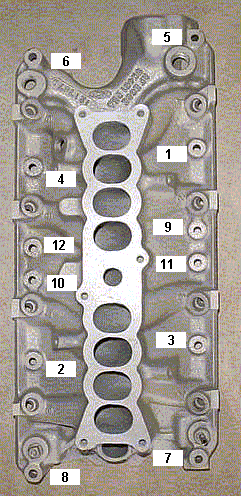- Sep 14, 2015
- 57
- 0
- 6
Hello every one,
I have a 347 stroker motor that I'm having some issue with , and I would like some help . I will post the motor spect below . I recently did the timing and it was set at 18 degrees afterwards I tried to brake the cam in , but I couldn't the car blows to much smoke that literally covers the neighborhood , and if I let go of the trouttle it will shut off it won't idle I'll have to turn it back on then it will idle on it on , but again if I would get on the gas and rev it for a few min the car won't idle properly . I keep looking at my coolant temp gauge and it would stay around 180 degrees to 190 degrees so I don't think it's the head gasket . Also it seems as if the car is not burning all the fuel properly . I really don't know what to do any more I thought it was the timing and we did again just to b sure . I'm thinking bout getting a fuel pressure regulator to control the gas more but my fuel gauge says it at 40 psi which should b fine for a stroker .
347
Ford 302 roller block.
I have an Eagle cast steel stroker crank with Eagle SIR rods. Speed Pro flat top eyelashed pistons with full float pins.
comp cams 35-775-8 cam. XFI Stroker Hydraulic Roller.
Heads pro comp 3038 which were purchased bare and send to a machine shop , 2.02 intake 1.60 exhaust , the heads are set up for the cam 5.79 "
Holly systematic ll intake manifold
I have a 347 stroker motor that I'm having some issue with , and I would like some help . I will post the motor spect below . I recently did the timing and it was set at 18 degrees afterwards I tried to brake the cam in , but I couldn't the car blows to much smoke that literally covers the neighborhood , and if I let go of the trouttle it will shut off it won't idle I'll have to turn it back on then it will idle on it on , but again if I would get on the gas and rev it for a few min the car won't idle properly . I keep looking at my coolant temp gauge and it would stay around 180 degrees to 190 degrees so I don't think it's the head gasket . Also it seems as if the car is not burning all the fuel properly . I really don't know what to do any more I thought it was the timing and we did again just to b sure . I'm thinking bout getting a fuel pressure regulator to control the gas more but my fuel gauge says it at 40 psi which should b fine for a stroker .
347
Ford 302 roller block.
I have an Eagle cast steel stroker crank with Eagle SIR rods. Speed Pro flat top eyelashed pistons with full float pins.
comp cams 35-775-8 cam. XFI Stroker Hydraulic Roller.
Heads pro comp 3038 which were purchased bare and send to a machine shop , 2.02 intake 1.60 exhaust , the heads are set up for the cam 5.79 "
Holly systematic ll intake manifold








